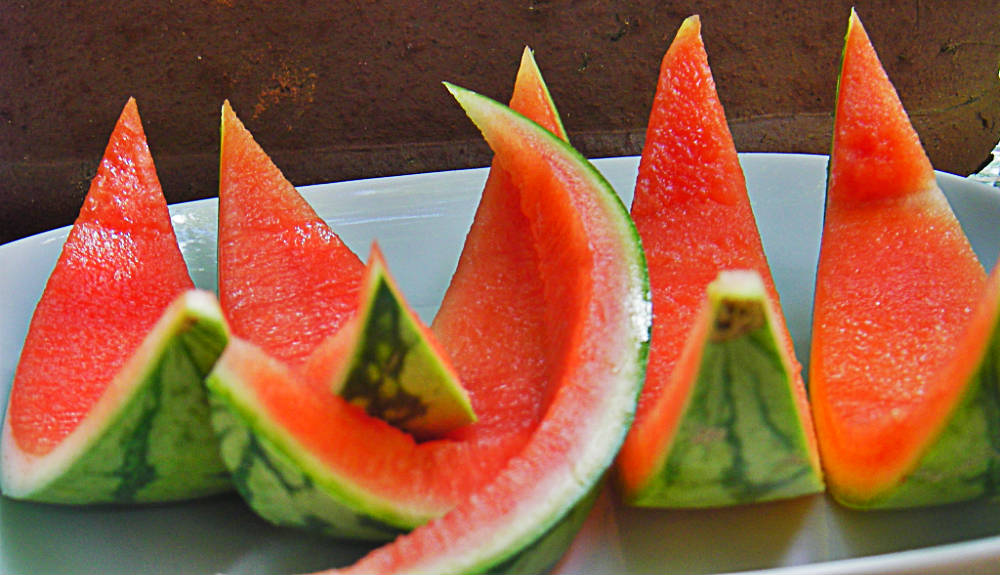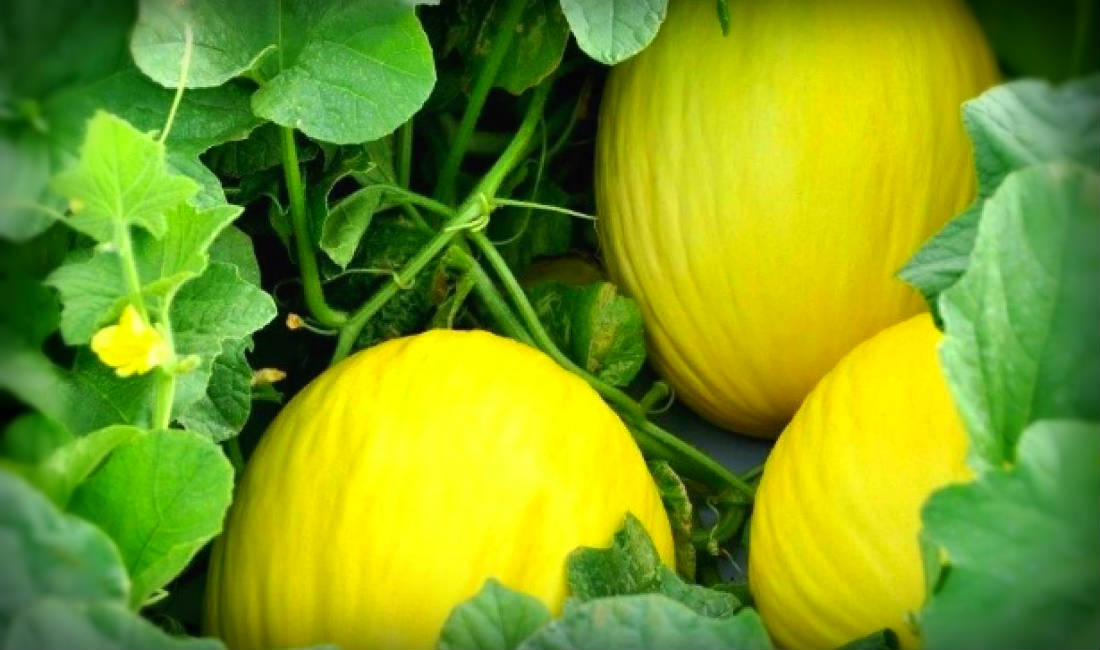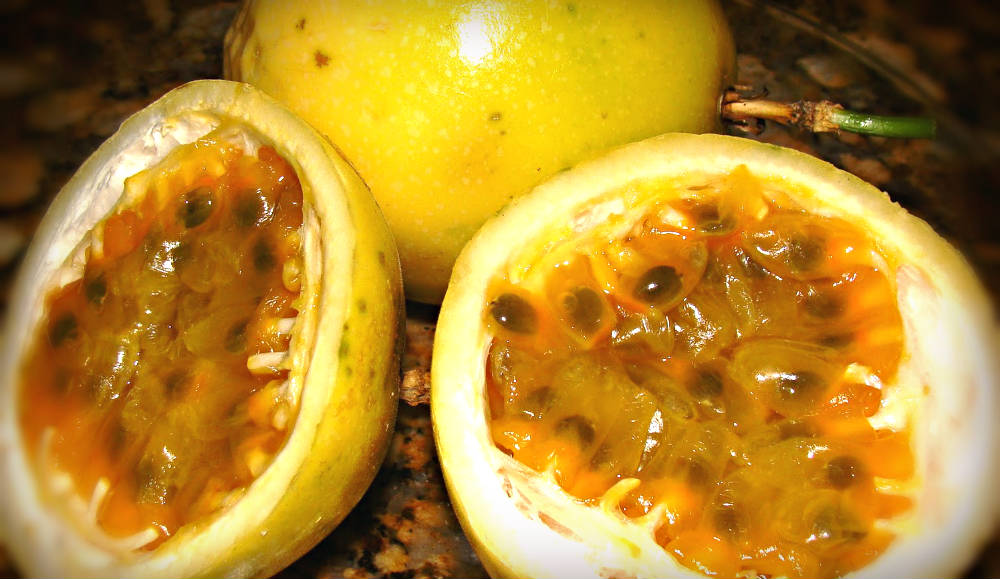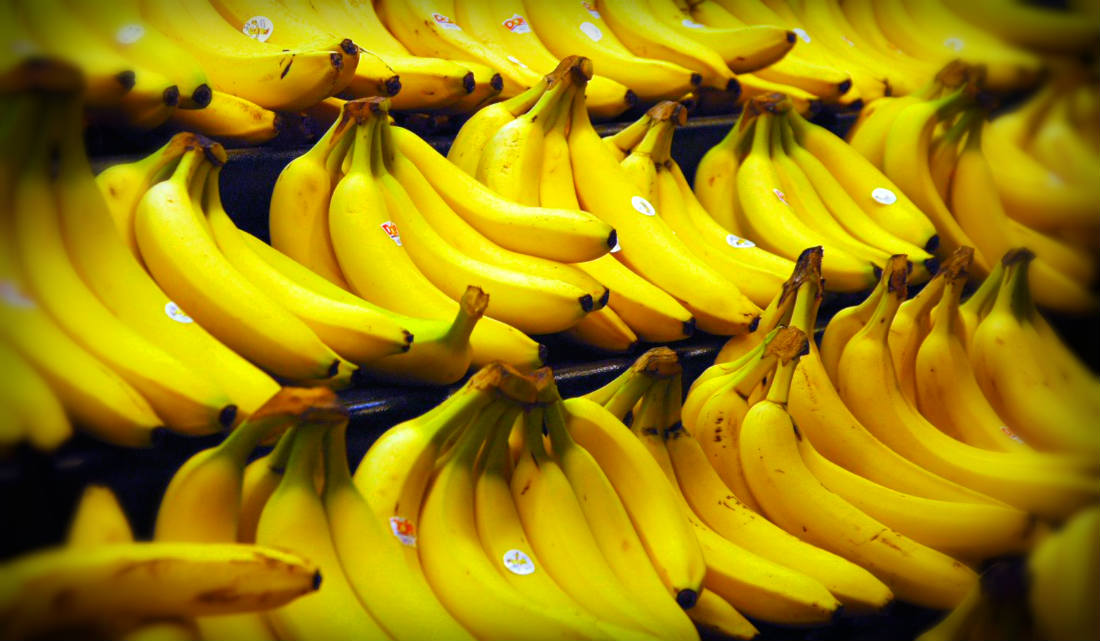Anúncios
Watermelon is an undisputed symbol of summer, with its vibrant color and refreshing taste. Although the red flesh is widely enjoyed and consumed, the watermelon rind is often thoughtlessly discarded. However, this part of the fruit should not be underestimated.
In many cultures, including Iraq, watermelon rinds are used to make delicious and unexpected treats, such as a robust jelly. Let’s explore how you can transform the often-discarded watermelon rinds into an irresistible and tasty treat.

Making the Most of Watermelon Rinds
While in Brazil, watermelon is consumed primarily for its pulp, many other countries use the rind in creative and sustainable ways. The rind, which is normally ignored and discarded, can be turned into a tasty jelly that is both delicious and an excellent way to recycle food. This process not only reduces waste, but also allows you to make the most of the fruit.
Watermelon Rind Jelly Recipe
Here’s a simple and effective recipe for turning watermelon rinds into delicious jam. In addition to being a way to reuse the parts of the watermelon that are normally discarded, this recipe is a practical way to introduce recycling into your cooking routine.
Ingredients
- 1 kg watermelon rind (including white and green parts)
- ½ kg of sugar
- 3 cloves
- 2 cups (tea) of water
How to do it
Preparation of the Shells Start by washing the watermelon rinds thoroughly. It’s essential to make sure there are no dirt or chemical residues on the surface. After washing, grate the rinds using a coarse grater or cut them into small pieces. This step is crucial to ensure that the rinds cook evenly and absorb the flavor of the other ingredients well.
Cooking Place the cut peels in a pan and cover with water. Bring to a boil. Then, remove from heat and discard the water. This process helps remove the bitterness and unwanted residue from the peels. Next, prepare a syrup with the sugar and two cups of water, bringing to a boil.
Finalization Add the watermelon rinds to the boiling syrup and cook until the rinds are translucent and the syrup has thickened. This process may take some time, but it is essential to ensure that the jelly reaches the desired consistency. When the jelly is ready, remove from the heat and let it cool. The jelly can be stored in clean, dry jars, ready to eat.
Benefits of Recycling Watermelon Rinds
Turning watermelon rinds into jam is not only a delicious way to make the most of the fruit, but it also has several environmental and economic benefits. Recycling food items like watermelon rinds helps reduce waste and the demand for new resources, promoting a more sustainable lifestyle.
By incorporating recycling into your cooking routine, you’re also helping to reduce your environmental impact. Less food waste means less landfill waste and less pollution associated with improper waste disposal. Plus, reusing food can reduce grocery costs and help you make better use of what you already have at home.
Incorporating Recycling into Everyday Life
In addition to turning watermelon rinds into jelly, there are many other creative ways to recycle food and other materials around your home. Recycling isn’t just limited to food; it can include reusing packaging, composting organic waste, and creating new products from old items. Incorporating these practices into your daily routine can make a big difference in your overall environmental impact and promote a more conscious lifestyle.
If you’re interested in other recycling and reusing ideas, explore resources and communities dedicated to sustainable practices. There are a ton of projects and initiatives that can inspire new ways to reduce waste and maximize the use of existing resources.
Watermelon rinds, often discarded without consideration, can be turned into a delicious jam that adds a special touch to your breakfast. This recipe not only makes the most of the fruit, but also promotes recycling and sustainability. By adopting food recycling practices and exploring new ways to reuse, you contribute to a more sustainable environment and make a conscious choice to reduce waste.
For more tips on how to incorporate sustainable practices into your life and to learn more about vegetarianism and other ways to reduce your environmental impact, keep exploring and discovering new ways to live more consciously.
Learn how to make other arts by recycling, Click here.
Check out interesting facts about recycling clicking here.




